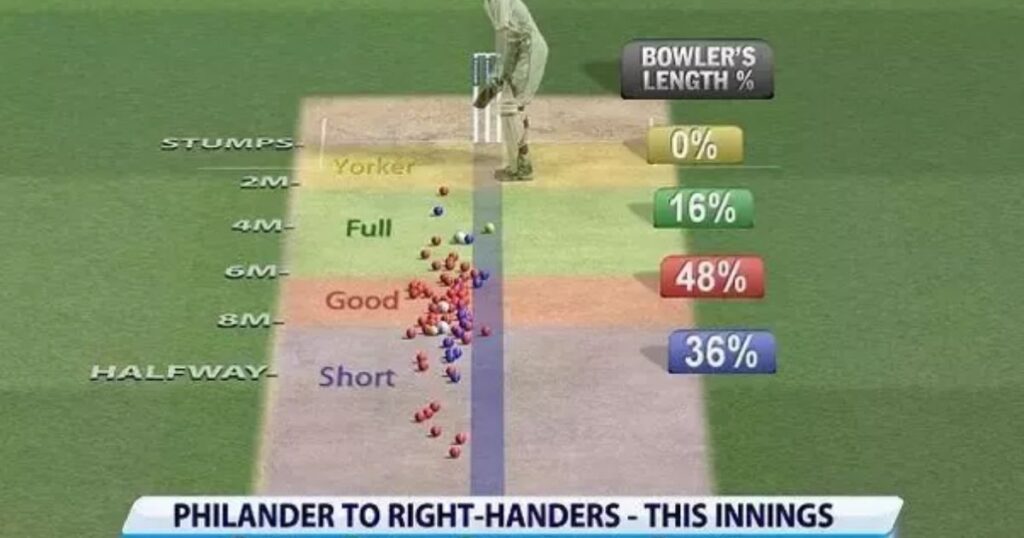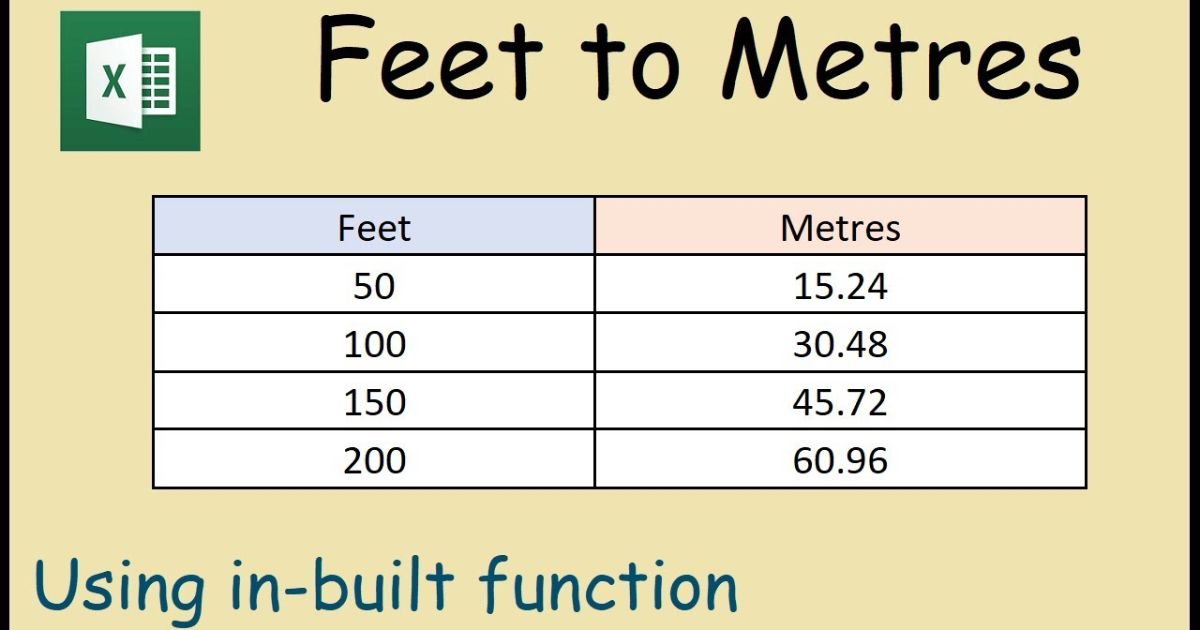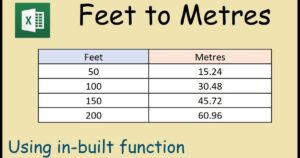When you hear How Long is 100 Feet – Convert 100 ft to meters, it can be hard to imagine how long that actually is without a clear comparison. Whether you’re working on construction, measuring land, or simply curious about distances, understanding this length in both feet and meters can make things much easier. Since many countries use the metric system, converting 100 feet to meters is a practical way to get a better sense of its size.
To put it simply, 100 feet equals 30.48 meters, which gives you a more universal measurement. This conversion helps when comparing lengths across different systems or when traveling internationally. In this guide, we’ll break down what 100 feet looks like, provide everyday examples, and show you how to convert it quickly so you can picture the distance with ease.
Understanding distance can be challenging without proper context. When someone mentions 100 feet, you might struggle to visualize the actual length. This comprehensive guide uses familiar objects and landmarks to help you grasp exactly how long 100 feet really is.
Must read: How Big is an Inch- 12 Things That Are an Inch Long
Two-Thirds of an Olympic Pool

An Olympic-size swimming pool measures 164 feet long. This means 100 feet represents roughly two-thirds of this standard pool length. If you’ve ever watched Olympic swimming competitions or visited a regulation pool, imagine standing at one end and walking about 65% of the way to the other end. That’s your 100-foot mark.
Jet Aircraft Length
Many commercial jet aircraft measure close to 100 feet in length. The Boeing 737-700, one of the most common passenger jets worldwide, stretches approximately 110 feet from nose to tail. A regional jet like the Embraer E175 comes even closer at around 103 feet. Next time you’re at an airport, observe these aircraft to gain perspective on this distance. such as How Long is 100 Feet – Convert 100 ft to meters.
Cricket Pitch Comparison

A standard cricket pitch measures 66 feet (20.12 meters) between the bowling creases. Therefore, 100 feet equals approximately 1.5 cricket pitches placed end to end. Cricket enthusiasts can easily visualize this measurement by imagining the familiar pitch length extended by half again.
One-Third of a Football Field
How Long is 100 Feet – Convert 100 ft to meters like this, An American football field spans 300 feet from goal line to goal line (excluding end zones). This makes 100 feet exactly one-third of the field’s total playing length. Picture standing at one goal line and moving forward to the 33-yard line that journey covers 100 feet.
Basketball Court Dimensions
A professional NBA basketball court measures 94 feet in length. This means 100 feet slightly exceeds the entire court from baseline to baseline. The court comparison works exceptionally well since most people have seen or played on a basketball court at some point.
Railroad Cars
Standard railroad boxcars typically measure between 50 and 60 feet in length. Two railroad cars placed end to end give you approximately 100 to 120 feet. This visualization works particularly well if you live near railroad tracks and regularly observe freight trains passing by.
Blue Whale Length

The majestic blue whale, Earth’s largest animal, can reach lengths of 80 to 100 feet when fully grown. An adult female blue whale often measures very close to 100 feet. This magnificent creature provides a living, breathing example of this distance swimming through our oceans.
A White Pine Tree
Eastern white pine trees can grow extraordinarily tall, with mature specimens reaching heights of 80 to 100 feet. These towering evergreens, common throughout northeastern North America, demonstrate vertical distance just as effectively as horizontal measurements. Looking up at a full-grown white pine gives you an excellent sense of 100 feet.
Semi-Trailers
A standard semi-trailer measures 53 feet in length. Two semi-trailers parked end to end would span 106 feet, just slightly more than 100 feet. Since semi-trucks are ubiquitous on highways, this comparison offers a practical, everyday reference point that most people can relate to immediately.
Ten Alligators
Adult male American alligators average 10 to 12 feet in length, though some specimens grow even larger. Ten average-sized alligators lined up nose to tail would measure approximately 100 to 120 feet. While you hopefully won’t encounter this scenario in real life, it creates a memorable mental image for understanding the distance.
A Running Track Section
Standard outdoor running tracks measure 400 meters (approximately 1,312 feet) around. One straightaway section of the track typically spans about 100 meters or roughly 328 feet. Therefore, 100 feet represents approximately one-quarter of a single straightaway. Track athletes and fitness enthusiasts can easily visualize this measurement.
Shipping Containers
Standard shipping containers come in two primary lengths: 20 feet and 40 feet. You would need 2.5 of the 40-foot containers placed end to end to reach 100 feet. These ubiquitous metal boxes, visible at ports, on cargo ships, and on flatbed trucks, provide another excellent real-world comparison.
A 10-Story Building
Building height varies considerably depending on construction standards and ceiling heights, but a general rule suggests each story measures approximately 10 feet. Therefore, a 10-story building reaches roughly 100 feet tall. This estimation helps when you’re in an urban environment surrounded by mid-rise structures.
The Hollywood Sign

The iconic Hollywood Sign in Los Angeles features letters that stand 45 feet tall. The entire sign spans approximately 350 feet in width. While the individual letters don’t quite reach 100 feet, two letters stacked vertically would exceed this measurement. The sign’s fame makes it a recognizable reference point for millions of people worldwide.
School Buses
A standard full-size school bus measures between 35 and 40 feet in length. Three school buses parked end to end would span approximately 105 to 120 feet—very close to 100 feet. Since school buses are familiar to nearly everyone, this comparison provides an accessible way to visualize the distance.
How Far is 100 Feet in Walking Distance?
For the average adult walking at a normal pace, covering 100 feet takes approximately 20 to 25 seconds. If you take normal-length steps measuring about 2.5 feet, you’ll need roughly 40 steps to walk 100 feet. This practical measurement helps when you need to estimate distances while walking or pacing off measurements.
Practical Applications of Understanding 100 Feet

Knowing what 100 feet looks like has numerous practical applications:
Property boundaries: Many residential lots have dimensions involving 100-foot measurements, making this knowledge valuable for homeowners and real estate professionals.
Safety distances: Emergency response protocols often specify maintaining distances of 100 feet or more from hazards.
Sports and recreation: Various sports use 100-foot measurements for field markings, safety zones, and playing areas.
Construction and surveying: Building professionals regularly work with 100-foot measurements when planning projects and conducting surveys.
Photography and videography: Understanding distance helps when setting up shots and determining lens requirements.
Conclusion:
Understanding how long 100 feet is becomes much easier once you see it converted into 30.48 meters. This measurement allows you to compare distances more clearly, whether you are dealing with construction projects, sports fields, or simple everyday references. By knowing both units, you can confidently picture the distance without confusion.
In today’s world, where some countries use feet and others use meters, learning this conversion helps bridge the gap between measurement systems. So, the next time you come across 100 feet, you’ll instantly know it equals 30.48 meters, giving you a better sense of scale in real-life situations.
FAQs:
How long is 100 feet in real life?
100 feet is about the length of three school buses parked end to end, or roughly the height of a 10-story building from ground to roof.
What is 100 feet compared to?
100 feet equals one-third of a football field, slightly longer than an NBA basketball court, or approximately the length of a fully grown blue whale.
How many steps does it take to walk 100 feet?
Walking 100 feet takes approximately 40 normal-length steps for an average adult, which takes about 20 to 25 seconds at a regular walking pace.
Is 100 feet the same as a swimming pool?
100 feet represents about two-thirds the length of an Olympic-size swimming pool, which measures 164 feet from end to end.
How tall is 100 feet in stories?
100 feet equals approximately 10 stories in a typical building, with each floor measuring roughly 10 feet in height including ceiling space.
What objects are 100 feet long?
Objects that are 100 feet long include adult blue whales, certain jet aircraft like regional jets, mature white pine trees, and two semi-trailers placed end to end.





